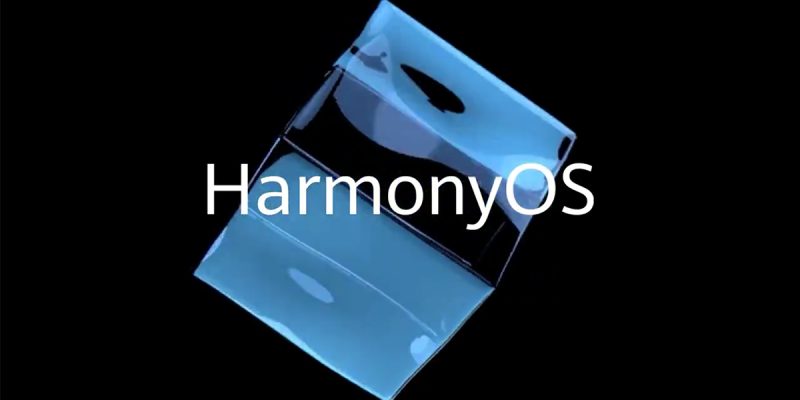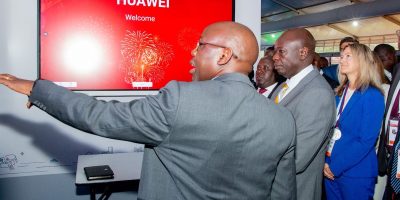Huawei has announced its proprietary operating system, HarmonyOS. If memory serves you right, you may recall that the rumours had it that the operating system would be called HongMengOS, well, that’s actually true, in the company’s home market of China, the operating system will retain this name.
What is HarmonyOS?
HarmonyOS has been described as a new microkernel-based, distributed operating system designed to deliver a cohesive user experience across all devices and scenarios. The operating system will be cross-platform which means that it’ll run across a wide range of devices such as smartwatches, smart screens and car head unit stereo systems.
As mentioned during the announcement of the system, HarmonyOS is built on four distinct technical features which include:
Seamless – the OS adopts to the specific hardware which it runs on. Thus, the same software running on mobile devices will be the exact same software on smart home devices without users feeling like they have switched to a different platform.
A modularized #HarmonyOS can be nested to adapt flexibly to any device to create a seamless cross-device experience. Developed via the distributed capability kit, it builds the foundation of a shared developer ecosystem #HDC2019 pic.twitter.com/2TD9cgtdG8
— Huawei Mobile (@HuaweiMobile) August 9, 2019
Smooth – HarmonyOS is reported to put an emphasis on high performance and low latency. The system will automatically prioritize tasks, with the high priority tasks being allocated more resources. This is said to make apps run faster by up to 25% and the whole system generally performing 5x better than Android and iOS.
#HarmonyOS is built with a deterministic latency engine that gives a smooth interactive experience. That means latency is at a minimum; bringing fluid interactive experience to the maximum #HDC2019 pic.twitter.com/p9bnwNHJq6
— Huawei Mobile (@HuaweiMobile) August 9, 2019
Secure – Matters security have not been left behind. Huawei fronted HarmonyOS as a secure platform with enhanced security from the Kernel level. What this means is that the OS’ security has been fully backed into the system, to reduce vulnerability from the ground up.
For the first time, #HarmonyOS will have a verified TEE (Trusted Execution Environment). Improving connected security across multiple smart devices in a connected all-scenario world #HDC2019 pic.twitter.com/o1TF54Hjkc
— Huawei Mobile (@HuaweiMobile) August 9, 2019
Unified – This particularly touches on developers. In simple terms, Huawei’s developer tools will allow devs to create a single application that can be run across multiple platforms.
A modularized #HarmonyOS can be nested to adapt flexibly to any device to create a seamless cross-device experience. Developed via the distributed capability kit, it builds the foundation of a shared developer ecosystem #HDC2019 pic.twitter.com/2TD9cgtdG8
— Huawei Mobile (@HuaweiMobile) August 9, 2019
HarmonyOS Roadmap
As of the announcement, HarmonyOS version 1.0 will be launching later on this year and will be running on smart screens.
The next milestone will be to optimize the system to run on wearables, Huawei Vision devices (possibly smartphones) and car stereo head units.
HarmonyOS is also an Open Source project, a move that Huawei says is meant to encourage wider adoption and make it successful – a clear indication that Huawei is targetting breaking Android’s dominance. The company also said they will establish an open-source foundation as well as an open-source community to offer support to developers.
As of now, the operating system will be a China-exclusive with global rollout expected in the near future.
“We believe HarmonyOS will revitalize the industry and enrich the ecosystem. Our goal is to bring people a truly engaging and diverse experience. We want to invite developers from around the world to join us as we build out this new ecosystem. Together, we will deliver an intelligent experience for consumers in all scenarios,” ” said Richard Yu, Huawei CEO.






It seems the USA is pushing Huawei to develop and possibly run a system that that indeed compromise their safety. They would also entirely ban it from entering their country but will impact on local companies trading outside the US.